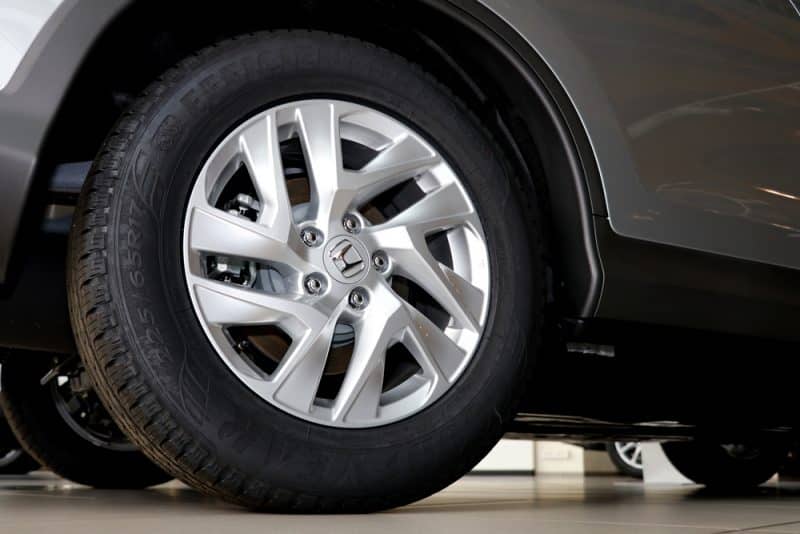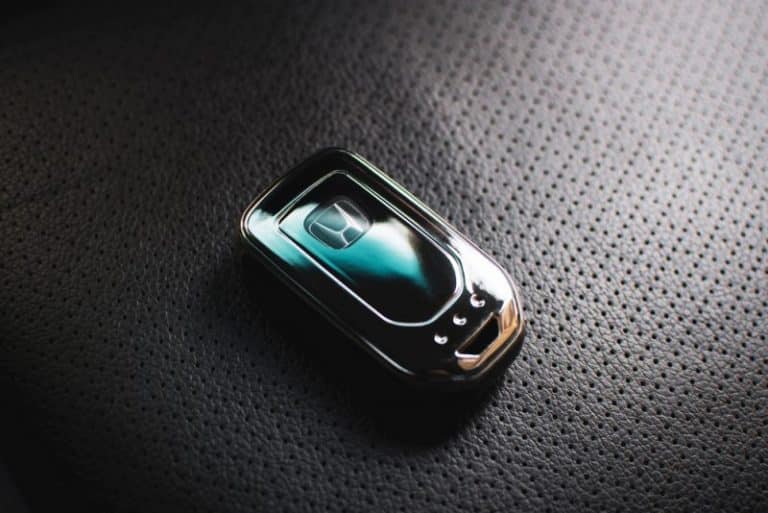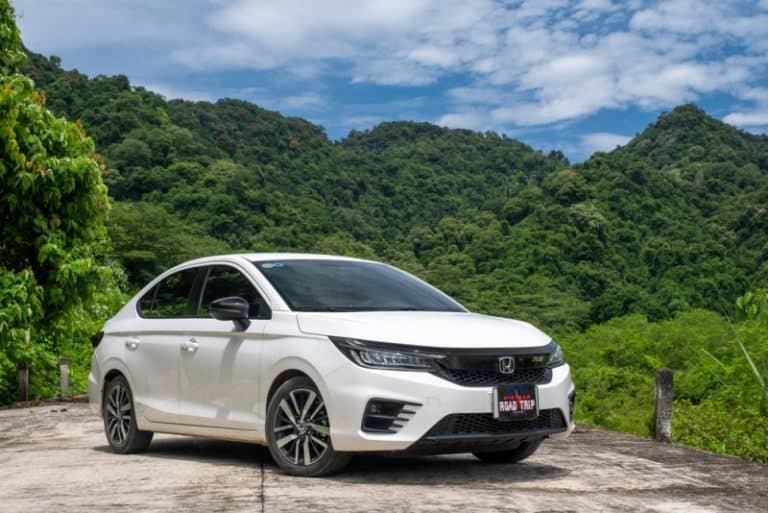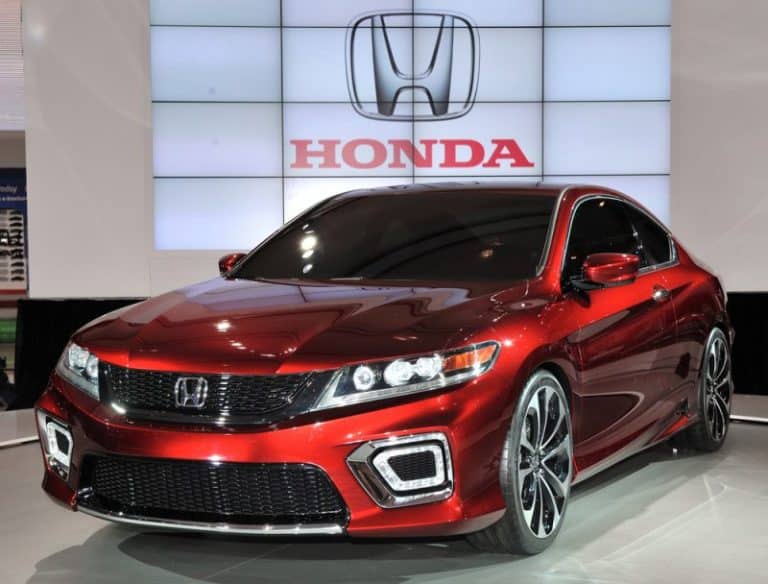Does Honda Use Nitrogen In Tires? (Let’s See)
Nitrogen in tires has been a subject debated all over the internet and of it for quite a while now, and for valid reasons too.
But unfortunately, many car brands have been left indecisive on this matter in recent years because as much as there are solid reasons in favor of nitrogen-filled tires, you could also find some against its use.
So then, on which side of the line does Honda stand? Does Honda use Nitrogen in tires?
No, they don’t. When you buy a new Honda car, it comes with regular gas. I guessed Honda had weighed the advantages of pumping their tires with regular compressed air against those of nitrogen-filled tires and not found it worth it. You may be wondering why Honda doesn’t do so if tires filled with Nitrogen are so special. In this article, I’ll be covering all you need to know about tires filled with Nitrogen.
Should You Fill Your Tires With Nitrogen?

Regardless of whether your tires come pumped with Nitrogen or not, at some, you’ll have to pump up your tires again or get them changed.
The decision can now be yours to make—nitrogen-filled tires or not. When this inevitable issue finally comes, if it hasn’t already, you should consider why they initially came pumped with Nitrogen.
What are these reasons?
#1. Nitrogen does a better job than compressed air at maintaining tire pressure.
What does this mean for your car? First, you won’t have to check tire pressure regularly as you would with regular compressed air.
Still, according to recent research, the difference isn’t enough to get you unbothered about your car’s tire pressure.
So ensure you still check up on your tires’ pressure regularly if you fill up with Nitrogen.
#2. Better fuel economy
The second reason links to the first. Driving with properly inflated tires should help reduce your vehicle’s fuel consumption.
Since nitrogen-filled tires can maintain tire pressure better, they should support your fuel economy.
Looking at these reasons, filling your tires with Nitrogen is the obvious smart option; why has there been a debate then?
You’ll find out soon, but there are good reasons to go for nitrogen-filled tires, so you should consider it.
Can You Mix Air And Nitrogen In Your Tires?
Yes, you can. Technically mixing Nitrogen with regular compressed air will give you regular compressed air depending on the ratio of Nitrogen to regular air.
Air constitutes 78% nitrogen, 21% of oxygen, and 1% of other gases, so there will be no issues.
You’re probably asking because your nitrogen-filled tire(s) has lost pressure or could do so in an area where you can’t find nitrogen pumps around. You’ve got no reason to worry; pump up!
How Do I Know If My Tires Use Nitrogen?
You probably bought a car a while back without caring about what filled up those tires as long as they filled up well.
However, for whatever reason, you’re now interested in knowing whether your tires are filled with Nitrogen or regular, and you can’t figure out how to do so.
Whether this is the case or something else, the good news is that it shouldn’t be hard for you to find out what fills up your tires.
You find out whether your tires are nitrogen-filled by checking the tire’s valve cap’s color. A nitrogen-filled tire should come with a green-colored valve cap.
Alternatively, check if there’s an “N2” inscription anywhere near the valve; if you find that, that tire is filled with Nitrogen.
Car tires filled with regular air will have a black cap at the valve; sometimes, it can also be chrome. So yeah, it’s that easy.
If you’re unable to find out through any of these methods, you could always visit the Honda dealership closest to you, and they should be able to assist you.
What Are The Pros And Cons Of Using Nitrogen To Fill My Tires?
In the article’s introduction, I talked about how the usage of pure Nitrogen to pump tires has been an issue debated in recent years, and as I said, there are valid reasons for doing so.
We’ve covered two major positives in using Nitrogen to pump your tires, and as much as it looks all good, there are a few catches.
Now, let’s appropriately go over all the positives and negatives of using Nitrogen to pump your tires.
#1. Pros
#1. Using Nitrogen to pump your tires is better for the atmosphere.
You may not have expected that one. But, don’t worry, I promise this won’t be about complex scientific issues.
So what could be the connection between pumping your tires with pure Nitrogen and the good of the atmosphere?
It still rolls back to how using nitrogen-filled tires helps maintain the proper pressure for your tires.
The connection is that with this, you’ll get to have your tires rolling more smoothly hence increasing how long they could last you.
With drivers using their tires for more extended periods, the demand for tires reduces hence reducing the number of tires produced every day.
That will mean less natural resources being consumed to get rubbers for your tires and the different processes that send out carbon monoxide to our atmosphere.
You may feel this doesn’t concern you, but it does; we all use and need this atmosphere.
#2. Nitrogen does a better job than compressed air at maintaining tire pressure.
Another I’ve covered in this article already, so that’s that. Nitrogen-filled tires lose pressure slower than tires filled with regular air.
#3. Saves you some money on gas.
With Nitrogen-filled tires gliding smoothly on the road, less fuel is demanded to keep the car moving. So yes, you get to spend less on gas.
#4. Oxidation is impossible.
Oxidation is exposure to oxygen. What does this mean for your tires, and how does filling your tires with pure Nitrogen stop this?
I stated earlier that air constitutes 78% nitrogen, 21% of oxygen, and 1% of other gases.
Therefore, pumping your tires with only Nitrogen means the insides of your tires never have to deal with that “21%” of oxygen.
Also, oxygen can make rubber brittle, so its interiors will never have to deal with this when you have nitrogen-filled tires.
#2. Cons
#1. Nitrogen is expensive.
The amount you feel you’re saving on gas due to using tires filled with Nitrogen starts to make slightly less sense when you consider the price of Nitrogen.
The air has to go through specific processes to be void of oxygen and other gases to get dry compressed air, which will cost its producers costs that transfer onto you.
So that’s one huge negative that comes with using nitrogen-filled gas.
#2. The difference with nitrogen-filled gas is minimal with proper maintenance of regular-air-filled tires.
The differences between a tire filled with Nitrogen and its counterpart aren’t too noticeable if you give your tires proper maintenance.
Having them adequately filled when you pump, checking tire pressure regularly, proper driving, and other forms of tire maintenance can have your regular tires performing and those filled with Nitrogen.
It honestly all comes down to who owns the tires and not the tires themselves.
#3. How Long Do Nitrogen Tires Last?
There’s no fixed time frame. It all comes down to the driver(s); all tires need to be maintained regardless of what you fill them with.
Properly maintain your nitrogen-filled tires, and they should serve you better.
Nitrogen Vs Compressed Air Filled Tires – what you need to know
Conclusion
Regardless of what tour tires come with at some point, you’ll have to decide what goes in.
In this article, I’ve talked about the advantages and disadvantages of using Nitrogen in your tires.
But, no matter what you pick, ensure you give your tires proper maintenance, and they should serve you well.






